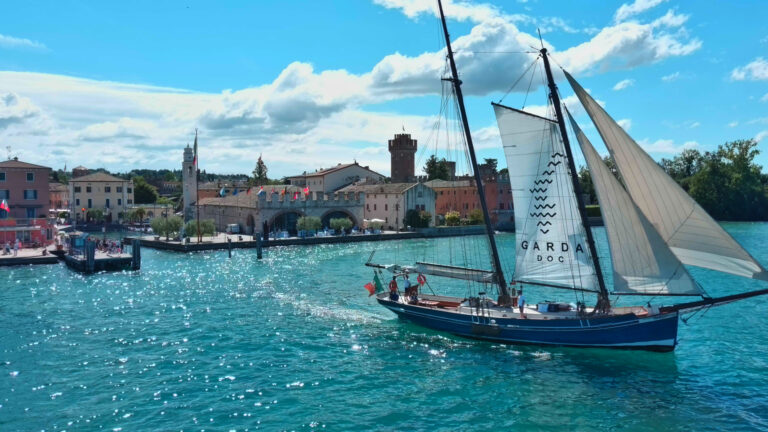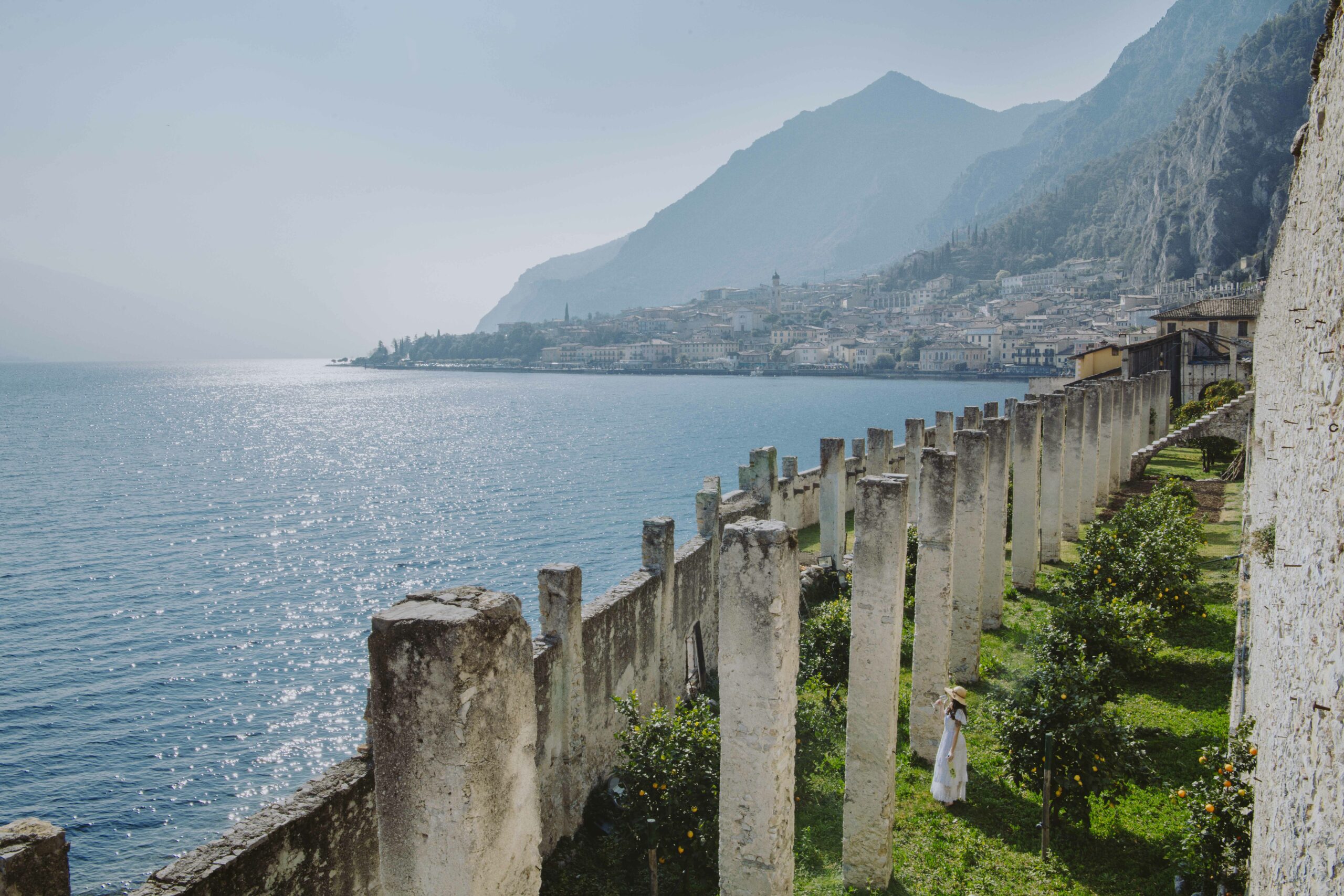
GARDA DOC CONSORTIUM: LOW ALCOHOL AND CRÉMANT, APPROVED CHANGES TO THE PRODUCTION REGULATIONS
New types and production updates for an evolving designation
The amendments to the Garda DOC wine production regulations have been approved. The ministerial decree of September 24th, 2025, published in the Official Gazette of the Italian Republic – General Series No. 234 on October 8th, 2025 – introduces significant innovations designed to strengthen the appellation’s competitiveness and relevance, balancing production evolution with respect for the traditions of a territory with a millennia-old winemaking vocation.
“This revision of the production regulations” – comments Paolo Fiorini, President of the Garda DOC Consortium – “represents a strategic step for our appellation and for the producers who are part of it. It is the result of a constructive dialogue with the Ministry and industry professionals, aimed at concretely responding to the new needs of the market and consumers, who today are increasingly attentive to wines that are distinctive, versatile, and contemporary. It is a step forward that strengthens the identity of Garda DOC and expands its production and commercial potential, while maintaining quality and the bond with the territory as its guiding principles.”

The President also highlights the Consortium’s role in promoting and protecting an appellation that extends across Lombardy and Veneto, in a hilly area of extraordinary beauty, sheltered by the mountains and overlooking Lake Garda. “Across the provinces of Brescia, Mantua, and Verona,” Fiorini continues, “grapes have been cultivated for centuries, telling the story and identity of this land. Today, the Consortium represents 250 producers, working in a spirit of collaboration that allows Garda DOC wines to best express the richness and diversity of the Lake Garda area.”
The updated production regulations introduce new categories and significant technical revisions. The appellation now includes Garda Müller Thurgau, in still, semi-sparkling, and sparkling versions, as well as Garda Rebo in the still wine category. For the sparkling and semi-sparkling types, new grape variety designations — “Garganega” and “Chardonnay” — have also been added.
Garganega, the main native white grape variety of the Garda DOC, widely used in the production of numerous white and sparkling wines, as well as in bi-varietal blends such as Garganega-Chardonnay and Garganega-Pinot Grigio, has in recent years been the focus of extensive agronomic experimentation. Starting with the 2025 harvest, it may also be marketed in a “low alcohol” version, with an alcohol content of 9% vol. — making it the first Italian DOC dedicated to a still, low-alcohol wine, marking an important innovative milestone in the national wine scene.

For the rosé sparkling and semi-sparkling versions, the designation “Corvina” also makes its debut, further enriching the denomination’s profile by highlighting one of the most representative native varieties of the Lake Garda area. This recognition confirms the Consortium’s growing focus on local grapes and its commitment to offering wines that embody authenticity, identity, and a strong sense of origin. Among the innovations, the introduction of Pinot Grigio Ramato Rosato stands out — a variety that enhances one of Northern Italy’s emblematic grapes, offering a contemporary interpretation aligned with today’s preference for fresh, elegant wines with a strong personality. Also noteworthy is the introduction of the term “Cremant” for the sparkling wine category, bringing Garda’s production closer to international quality standards and the most prestigious European sparkling wine traditions.
The amendments also provide for the extension of the production area to include part of the municipality of Castenedolo, in the province of Brescia, and authorize the use of all containers permitted under European regulations for the packaging of Garda DOC wines. “Our mission,” concludes Fiorini, “is clear: to give voice to a unique territory that has managed to combine winemaking tradition with a modern, international vision. The update to the production regulations is a fundamental step in this journey, as it allows us to further enhance the distinctive qualities of the native and international varieties that coexist in this area, offering consumers a coherent, recognizable tasting experience deeply connected to Lake Garda.”

All the amendments will already be applicable starting with the current harvest, corresponding to the 2025/2026 winegrowing season, marking a new chapter in the appellation’s growth journey. With these amendments, the Garda DOC Consortium renews its commitment to promoting quality, sustainability, and territorial identity, telling the story of a land that looks to the future without losing its connection to its roots.
CONSORZIO GARDA DOC
A hilly territory of unique landscape features, straddling Lombardy and Veneto, protected by mountains and overlooking Italy’s largest lake: here, among the provinces of Brescia, Mantua, and Verona, lies the Garda DOC, a winegrowing area where special climatic conditions have over time shaped the qualities of the grape varieties that thrive here — and continue to define their distinctiveness today. First recognized in 1996 with the aim of enhancing varietal wines produced in the ten historic winemaking zones of the Lake Garda area, the Garda DOC is a denomination driven by a strong spirit of innovation, capable of evolving over the years to meet consumer needs while honoring a product with ancient roots.
Having obtained ministerial recognition in 2015 and operating erga omnes since 2016, the Garda DOC Consortium today represents 250 producers, giving voice to and promoting one of Italy’s most valuable food and wine excellences.
